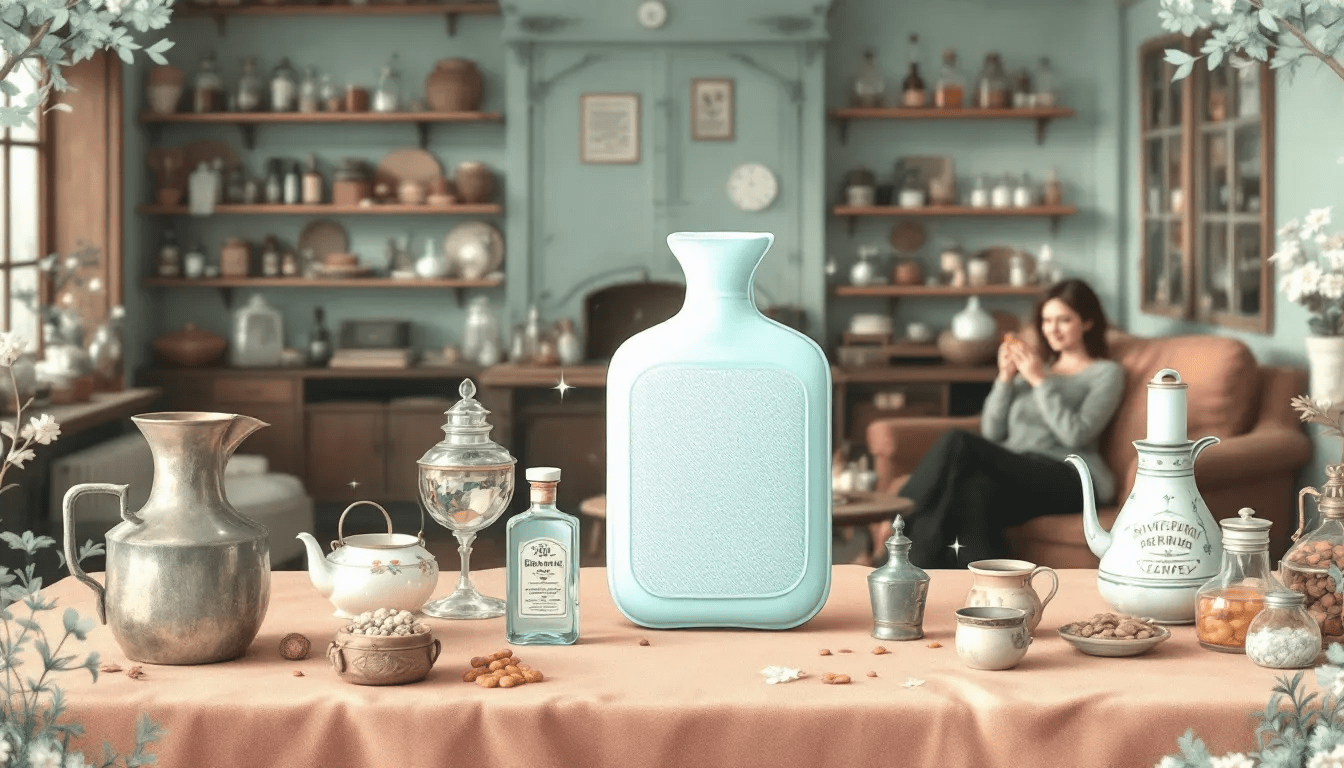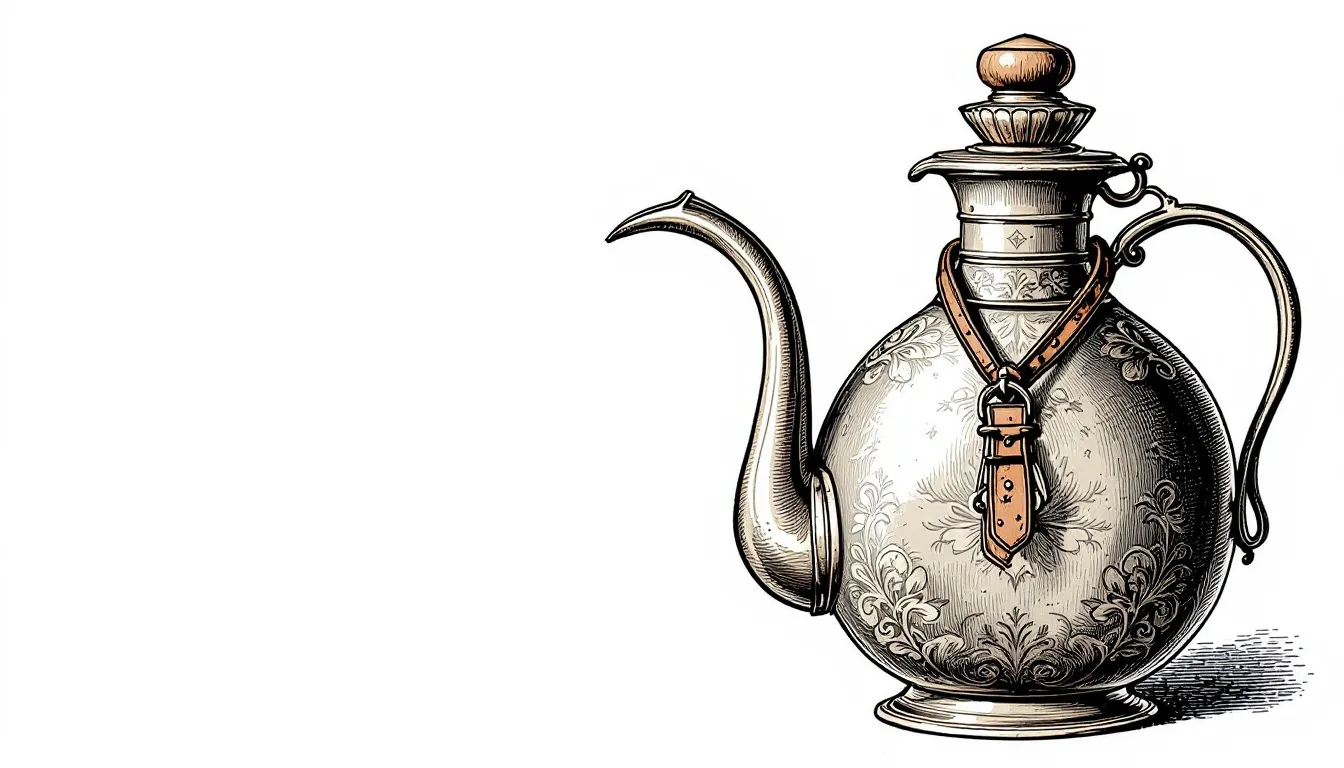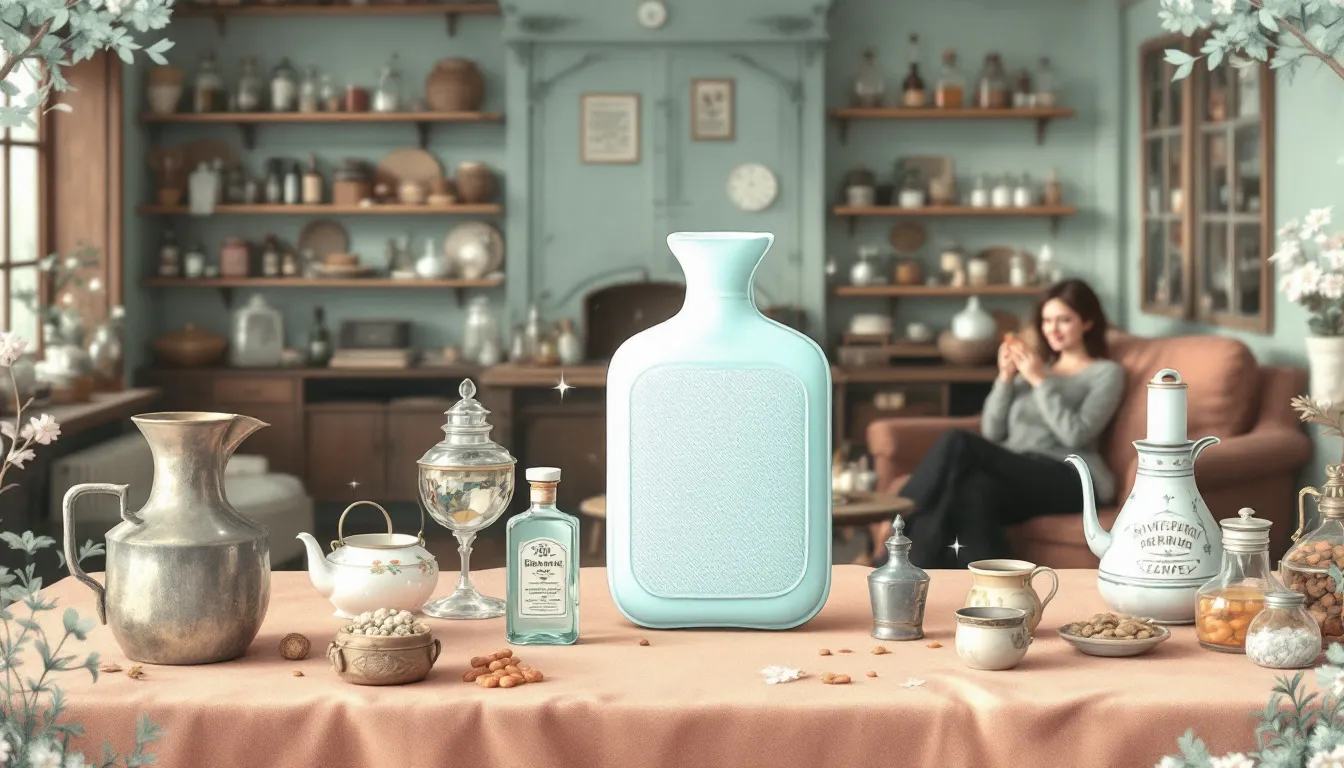
Who Invented Hot Water Bottle? The Comfort We Can't Live Without
Who Invented Hot Water Bottle: The Story Behind the Cosy Classic
The modern hot water bottle, which many people enjoy today, was invented by Croatian engineer Eduard Penkala. In 1903, he patented the rubber design that improved comfort and heat retention over earlier versions. This article will explore the history, evolution, and practical uses of the hot water bottle, including who invented hot water bottle technology that has benefited countless users.
Key Takeaways
-
Hot water bottles originated in the 16th century with metal and ceramic designs, but the introduction of rubber in the early 20th century improved comfort and heat retention.
-
Eduard Penkala patented the first rubber hot water bottle in 1903, leading to a popular and ergonomic design that revolutionized household comfort.
-
Modern hot water bottles come in various materials like PVC and silicone, with features such as temperature control and even electric options, making them versatile for both warmth and cooling.
The Origins of the Hot Water Bottle

In the 16th century, people began using containers filled with hot coals from dying embers of the fire to warm their beds. These early hot water bottles, made from metal, ceramic, and glass, each had limitations. Metal bottles were heavy, while ceramic and glass versions were fragile. Despite these issues, these early devices represented a significant advancement, offering essential warmth during cold nights.
Before rubber, materials like zinc and brass were used to make hot water bottles, but they lacked the comfort and flexibility of modern designs. In the 18th century, hot water bottles were often made from pewter, copper, or other metals and filled with hot coals or stones, providing warmth despite their limitations. The introduction of rubber marked a turning point, leading to more ergonomic and efficient hot water bottles.
Eduard Penkala: The Innovator
Enter Eduard Penkala, a Croatian engineer whose innovations would forever change the landscape of hot water bottle design. In 1903, Penkala patented the rubber hot water bottle, a significant leap forward from the earlier metal and ceramic versions. The introduction of rubber allowed for the creation of bottles that were not only more comfortable but also more effective at retaining heat. Penkala is widely credited with designing the familiar flask shape that we recognize today.
The vulcanization process, which treats rubber to make it more durable and elastic, was instrumental in this transformation. It enabled the production of rubber hot water bottles that were both soft and strong, offering a more enjoyable and practical experience.
Rubber and cotton materials made these rubber bottles pliable and comfortable, rubber transformed everyday comfort.
Early Rubber Hot Water Bottles
Early 20th-century rubber hot water bottles were a game-changer. More ergonomic and better at retaining heat, they quickly became popular. These bottles were soft, flexible, and highly effective at providing consistent warmth, a notable improvement over earlier models that lost heat quickly and were less comfortable.
Rubber hot water bottles transformed everyday comfort by retaining heat longer, making them perfect as bed and foot warmers. Their flexibility and softness made them pleasant for warming beds or relieving muscle aches and pains, especially when using a hot water bottle pliable.
Manufacturing Success
The 1920s were significant for hot water bottles due to innovations in production methods that allowed for mass production. Techniques like pouring rubber over cotton enabled larger-scale and lower-cost production, making rubber hot water bottles widely available. The first hot-water bottle with a screw-on cap was also released during this time by a tire manufacturer, further improving usability and safety.
During this decade, companies like Boots prioritized rubber hot water bottles, highlighting their growing popularity. These advancements made hot water bottles more affordable and established them as household staples, ensuring widespread comfort and warmth, including boots hot water bottles.
Evolution of Hot Water Bottles

Hot water bottles have evolved from early metal and glass versions to modern rubber and PVC designs. The first rubber hot water bottle, released in 1920, was a milestone that transformed everyday comfort in Britain, leading to widespread adoption.
Today, hot water bottles come in various colours, sizes, and innovative designs, including hot dog shapes and materials like flexible rubber and polymer gel. These modern designs enhance usability and add a touch of fun and personalization.
The continuous evolution of hot water bottles has kept them a beloved and indispensable household item.
Rubber and PVC Bottles
Modern hot water bottles are often made from durable PVC and silicone, which offer advantages over traditional rubber. PVC bottles are more durable and preferred by those with latex allergies, while silicone bottles resist high temperatures better, providing a reliable heat source.
Recent hot water bottle models include features like temperature control settings, enhancing safety and usability. Whether made from rubber, PVC, or silicone, these bottles provide reliable warmth and comfort with improved durability and safety.
Electric Hot Water Bottles
Electric hot water bottles are the latest innovation in this classic item. Invented by Chen Juncheng and Liu Rongren, they provide convenient and effective heat therapy for muscle pain relief, offering a consistent and easily adjustable source of heat.
Electric hot water bottles are attractive for quick and effective relief from aches and pains. With safety features like insulation and automatic shut-off, they combine traditional warmth with modern convenience and safety.
Practical Uses of Hot Water Bottles

Hot water bottles have diverse practical uses, making them versatile household additions. They are commonly used for pain relief, particularly for muscle soreness and menstrual cramps. Placing a blanket over a hot water bottle traps heat, increasing thermal comfort on cold nights.
Hot water bottles can also be used for cooling by filling them with cold water or ice, making them effective for reducing swelling and inflammation and cooling the body during hot weather. Their versatility ensures they remain valuable and practical for various needs.
Bed Warmers and Foot Warmers
Historically, hot water bottles served as bed and foot warmers, providing essential warmth during cold nights. Foot warmers placed at the end of the bed were common household items, adding comfort and highlighting their cultural significance and practical value.
Today, hot water bottles are used for therapeutic purposes like alleviating menstrual cramps, muscle tension, and joint pain. Their ability to provide targeted warmth makes them effective for pain relief and comfort, ensuring they remain a beloved classic in many households.
Cold Water Bottles
Hot water bottles can also be used for cooling by filling them with cold water or ice. They help cool the body during hot weather, providing a refreshing way to beat the heat. This versatility makes them valuable for maintaining comfort in various conditions.
Using ice in cold water bottles can cause condensation, but this is a small inconvenience compared to the cooling relief they provide. Whether used for warmth or cooling, hot water bottles offer a simple and effective solution for personal comfort.
Safety Tips for Using Hot Water Bottles

Safe use of hot water bottles is crucial to avoid injuries and ensure longevity. Fill bottles to only three-quarters capacity to prevent bursting, and always remove air before sealing to avoid escaping hot air. Wrap the bottle in a cloth or towel to prevent direct skin contact, reducing the risk of burns. It is also recommended to use only hot tap water or water below 60°C to minimize the risk of scalding.
Avoid using boiling water in hot water bottles, as it can degrade the rubber and increase the risk of breakage. Regularly inspect bottles for wear and tear, especially as they age, and replace them every two years for safety.
Electric hot water bottles often include safety features like insulation and automatic shut-off, adding an extra layer of protection.
Environmental Impact and Sustainability
Hot water bottles are practical and environmentally friendly. They can be more energy-efficient than central heating systems, saving significant energy while keeping individuals comfortable. Using hot water bottles is also a cost-effective way to keep warm compared to electric heating methods. By creating localized heating, they reduce overall household energy consumption.
Using hot water bottles can lead to lower energy bills, especially in regions with high heating costs. Their reusability and limited need for fresh water make them a sustainable choice. Personal heating devices like hot water bottles help maintain comfort without heating entire spaces, further enhancing their sustainability.
Cultural Significance of Hot Water Bottles

Hot water bottles hold a unique place in various cultures. In Japan, the ‘yutampo’ is typically made without chemical softeners and has a rigid structure, reflecting the cultural emphasis on simplicity and functionality.
In the early 20th century, public hot water supply systems in places like Rotterdam showcased how widespread hot water use was in society. Today, luxury brands produce stylish and fashionable hot water bottles, turning them into symbols of comfort and high-end lifestyle, showcasing their enduring appeal and cultural significance.
Summary
From their humble beginnings filled with hot coals to the modern rubber and electric versions we use today, hot water bottles have come a long way. They have evolved through innovative designs, mass production, and continuous improvements, becoming a beloved household staple. Their practical uses, safety tips, environmental benefits, and cultural significance underscore their lasting appeal. As we look to the future, the hot water bottle remains a symbol of warmth and comfort, cherished by generations.
Frequently Asked Questions
Who invented the rubber hot water bottle?
The rubber hot water bottle was invented by Croatian engineer Eduard Penkala, who patented it in 1903. It's a simple yet effective way to keep warm!
Can hot water bottles be used for cooling purposes?
Absolutely, you can fill hot water bottles with cold water or ice for a nice cooling effect on hot days. Just make sure to wrap it in a cloth to avoid direct contact with your skin!
What materials are modern hot water bottles made from?
Modern hot water bottles are typically made from durable PVC and silicone, as well as traditional rubber. So, you can choose the one that best fits your needs!
How often should hot water bottles be replaced?
It's best to replace your hot water bottle every two years to keep using it safely and effectively. This way, you can avoid any potential leaks or wear and tear.
Are hot water bottles environmentally friendly?
Absolutely, hot water bottles are an eco-friendly choice since they use less energy than central heating, helping to lower energy consumption overall. So, they're a cosy way to warm up while being kind to the environment!



